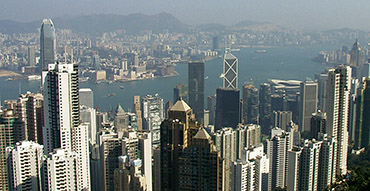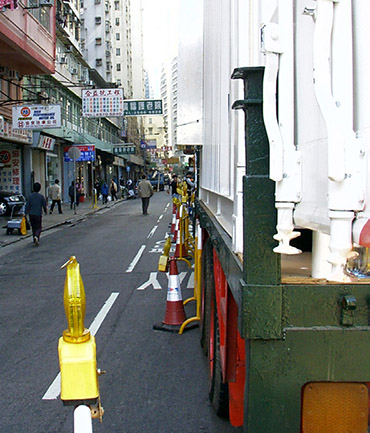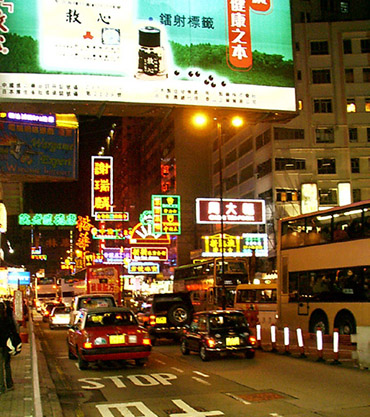Examples from Rädlinger where the Primus Liner has been installed
Water project
Drinking water pipeline in Sao Paulo, Brasilia, Sanit Engenharia Sao Paolo. The renewed cast iron drinking water pipeline DN500 runs in Sao Paolo along a main traffic road. Installed liner: DN500 PN16, MOP of pipe 10 bar. Total length: 230 meters in one liner section.
Water project
Rehabilitation of a double inverted drinking water siphon under the river Elbe, Dresden, Germany . DREWAG Stadtwerke Dresden GmbH who supplies approx. 500,000 residents with drinking water. The double inverted drinking water siphon constructed in 1929 using the open construction method represents a major part of the supply network. Installed liner: DN500 PN16, MOP of pipe 10 bar. Total length: 2x 220 meters
Gas project
Gas pipeline in Braunschweig, Germany, E.ON Avacon AG. Installed liner: DN400 PN25, MOB of pipe 16 bar Total length: 1400 m installed in two sections.
Gas project
Gas transportation pipeline in Siberia, Russia, E:ON Ruhrgas Ag and OAO Gasprom. Rehabilitation of a 40 year old gas pipeline running under the river Ob in the Siberian Taiga, operated by Gazprom and Tomsktransgaz. Due to the successful installation of this liner system, the gas and heat supply to the city was once again secured for the next 50 years. The installed liner: DN150 PN45, MOB of pipe 25 bar. The total length is 2.500 meters, installed in one single section.
Oil project
Crude oil line in the Ruehlermoor oil field, Germany, ExxonMobil Production. The rehabilitated pipeline runs crossways through the Ruehlermoor oil field in the administrative district of Meppen. ExxonMobil Production Deutschland was convinced of this concept and technology and achieved enormous cost savings versus conventional pipe construction in stainless steel. The installed liner is DN250 PN38 and DN200 PN39, MOP of pipe is 32 bar. The total length is 2.200 meters.
Oil project
Petroleos Mexicanos (PEMEX) crude oil pipeline in Poza Rica, Mexico. A damaged steel pipe 8.626 inch x 0.248 inch was to be repaired and protected against corrosion. The pipe lies in an awkward and difficult to access rain forest area and was laid at a depth of up to 10 meters below ground level. After just a few years of operation the existing pipe had developed leaks due to internal corrosion damage. Petroleos Mexicanos decided to use this liner technology for this rehabilitation project. The 1030 m / 3,378.4 ft. long pipe was rehabilitated in three sections and was successfully completed within only one week. Installed liner: DN 200 PN25/8 inch 363 psi. Total length of pipe 1030 meters, in 3 installation sections, whereof the longest installed single section is 680 meters.
Examples from EgePlast where EgeLiner has been installed
Infrastructures of tomorrow, Hongkong
The global population is growing and with it megacities are growing in height. Skyscrapers with more than 100 storeys have long been normal. In coming years metropolises will continue to expand, thereby placing enormous challenges on the infrastructure. Ultimately rehabilitation work on supply and sewage pipes in large cities results in substantial interventions in the traffic flow using the open trench installation. Therefore it is time to take advantage of the NO-DIG rehabilitation methods.
Egeliner® – is one of the options as little space is required for the construction site.
The Egeliner® is a new preformed polyethylene pipe that facilitates a close-fit lining. With this method an old, defective pipe system is replaced with a new pipe system using the closed method. The service life corresponds to that of a new installation using the trench method. 50 years is the standard.
Due to the decreased cross-section of the folded Egeliner®, the new pipe can easily be inserted through pits or existing shafts into the old pipe using a winch. The new pipe then is closely installed against the old pipe, as a fully structurally independent pipe. The Egeliner can be used for the trenchless rehabilitation of drinking water, town gas and sewage pipelines with any type of old pipe material. Due to the small amount of space required on the construction site, traffic can largely continue to run freely and shorter rehabilitation period means that the total costs are significantly lower.
A summary of the advantages:
Application fields:


